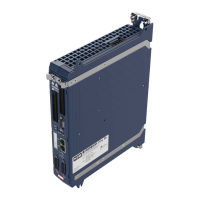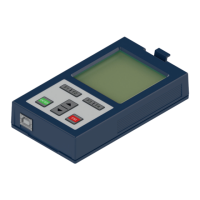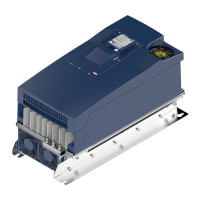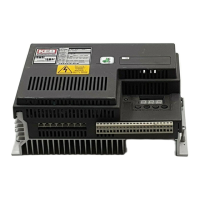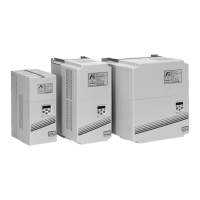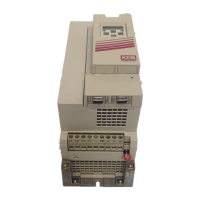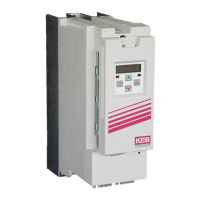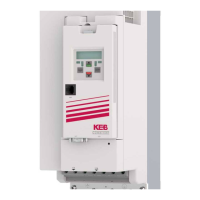Some encoders have data bits that must be clocked out but have no function or do
not belong to the position value. For example, 32 bits must always be read, but the
first 8 bits are always 0 and only the last 24 bits contain the position value.
In this case there is a large speed jump when the overflow position is passed (i.e.
after 24 bits) because the encoder evaluation expects the overflow at 32 bits.
This means, such encoders can only be used when the overflow point is not
passed!
Special features for SSI:
If a power fail bit is still set in ec42 (error bit), ec40 or ec41 do not increase.
The total data word length, i.e.ec40 + ec41 + PFB must be between 8 bits and 48
bits.
Encoders with electronic nameplate, i.e. EnDat, Hiperface and some BiSS variants:
The encoder interface reads the single and multi-turn resolution from the encoder
and displays these values in these parameters, which cannot be changed. (Not
available for compact cards, where these parameters have no function in this case)
Special feature at Hiperface:
Here the digital position is always devided in 5 bits of one signal period, i.e. with 5
bits of the high resolution.
If, for example, the encoder has 128 signal periods, which corresponds to 7 bits,
ec40 = 12 is displayed, i.e. 7 bits for the signal periods + 5 bits for the high resolu-
tion.
Special feature for EnDat encoders that also have 1Vpp signals:
Here the digital position is always devided in 2 bits of one signal period, thus with 2
bits of the high resolution.
For example, if the encoder has 2048 signal periods, which corresponds to 11 bits,
ec40 = 13 is displayed, i.e. 11 bits for the signal periods + 2 bits for the high-resolu-
tion.
Which BiSS encoders have an el. nameplate or not, is described here in more de-
tail: => 6.1.2.3 "Supported encoders", page 219
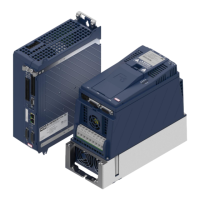
